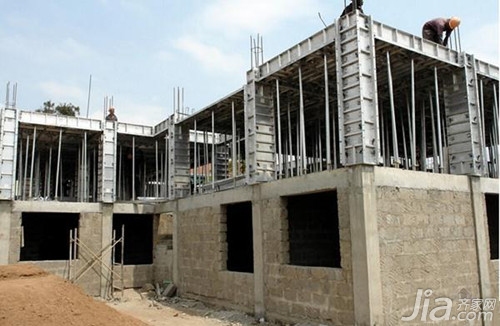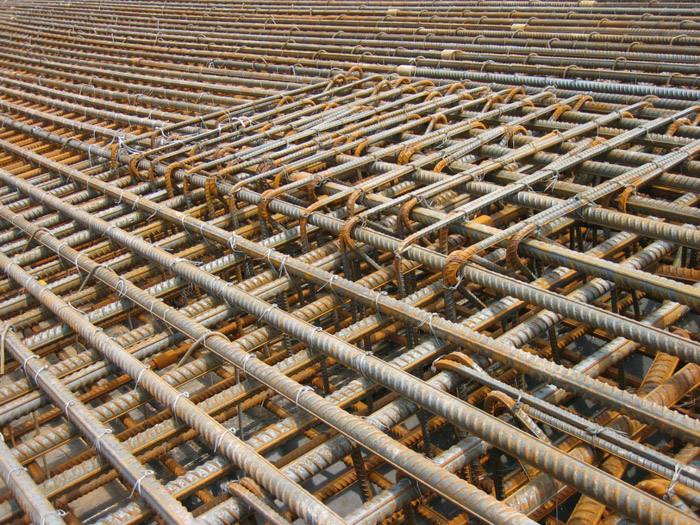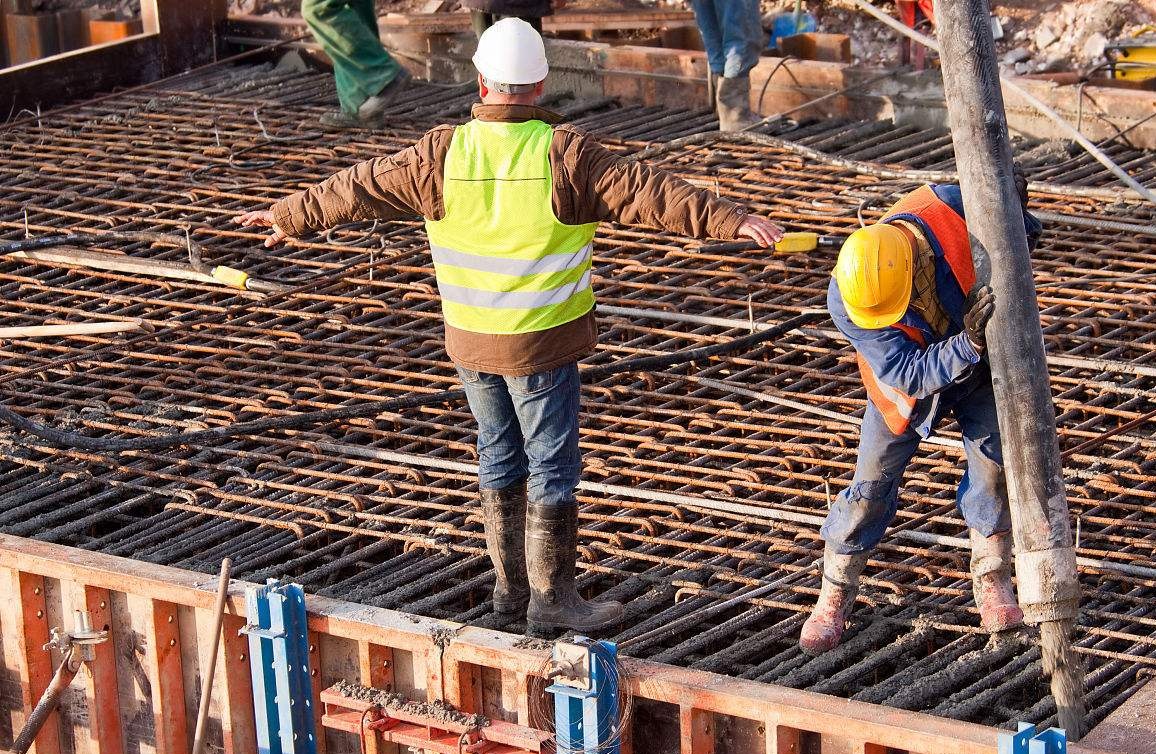Reinforced concrete is a structure made of reinforced concrete and concrete. Due to the resilience of the steel bars and the stresses to which the concrete is subjected, the reinforced concrete structures are very strong, so the application of reinforced concrete in construction is very extensive. What about the reinforced concrete structure ? What are the advantages and disadvantages of reinforced concrete structures ? What is the density of reinforced concrete? Today I will take everyone to understand this knowledge and hope to help you.

reinforced-concrete structure
Reinforced concrete structure refers to a structure made of reinforced concrete. The main components of the load-bearing structure are constructed of reinforced concrete and are very strong. Reinforced concrete is simply referred to as reinforced concrete in engineering. It is a product obtained by mixing cement with aggregate. Reinforced concrete is a kind of structure formed by adding reinforcement and other materials into concrete.
Reinforced concrete structure is the most common structural form in current buildings. In China, we also use the most reinforced concrete structures. The output of cement in China reaches 70% of the world. After continuous research and practice, reinforced concrete is one of the best building structures in our construction industry.

Reinforced concrete structure design requirements
The purpose of structural design is to ensure that the structure is safe and economical. The specific requirements are as follows:
1, security. The structure should be able to withstand the various loads that may occur during normal use and normal construction. In the event of a predetermined accidental load, the main structure must remain stable and strong. For example: direct impact on the structure of the load and temperature changes, support sinking, impact, earthquake hits and other accidental events, when these effects occur, and after the occurrence, the building structure to maintain overall stability.
2, applicability. The finger structure has good performance in normal operation. No excessive deformation or excessive cracks affect normal use. The width of the crack cannot exceed the allowable value.
3, durability. The finger structure has sufficient durability under normal maintenance and must meet the use time of the structure.
Safety, applicability and durability are collectively referred to as structural reliability and are also called the most basic functional requirements of the structure. In the structural design, we must learn to correctly handle the contradiction between the reliability and economy of the structure, so that the structural design is safe, reliable and economical and reasonable.

Reinforced concrete structure - advantages
1, can draw on the spot, easy to construct.
2, durability is particularly good, but also fire-resistant.
3, good moldability, strong and strong.
4, long service life.
Reinforced concrete structure - disadvantages
1, the weight, because it is a combination of steel and concrete.
2. The concrete has low tensile strength and is easily broken.
3, time-consuming, labor-intensive, long production cycle.
4, construction affected by the season, the winter is not suitable. This is related to the temperature and humidity of the weather, because it affects the speed of concrete condensation.
5, it is difficult to repair and repair. The most important aspect of reinforced concrete is its steel reinforcement and concrete. Among them, the tensile strength of steel and the compressive strength of concrete are the most important.

Reinforced concrete density
A. Reinforced concrete density mainly refers to the density of concrete. The density of concrete needs to be configured according to a certain proportion. The configuration also has certain requirements for the concrete used for the concrete.
B. In general, concretes of grades C10 to C20 have a bulk density of between 2360-2400 kg/m3, C25-C35, generally about 2400-2420 kg/m3, and C35-C40 generally between 2420-2440 kg/m3.
C. The density of generally plain concrete is about 2200 kg/m3. The general design density of reinforced concrete is about 2500kg/m3. Different types of concrete have different aggregates, different cements, different configuration methods, different amounts of steel reinforcement, and different densities.

Editor's summary: As the reinforced concrete structure itself has certain shortcomings, it must not be sloppy during construction, such as paying attention to the weather temperature. As long as there is no problem in construction, its service life can reach 80 years or more. The above is the introduction of the advantages and disadvantages of reinforced concrete structures and the density of reinforced concrete. If you want to learn more about decoration, please continue to lock this website information channel!
Advantages and disadvantages Comparison of masonry structures Density masonry structures
Galvanized Steel Fence
Steel fence is also known as steel picket fence, ornamental steel fence. The panels are manufactured using the highest-strength steel pickets and rails, and are available in a wide range of sizes and styles. Material: Galvanized steel Q195 or Q235 Finish: galvanized and powder coated Main market: America, Canada, Australia, Europe, etc
Galvanized Steel Fence,Prefabricated Steel Fence,Galvanized Steel Fence Post,Galvanized Steel Pipe Fence
HeBei Bosen Metal Products Co.,Ltd , https://www.hbbosenfence.com